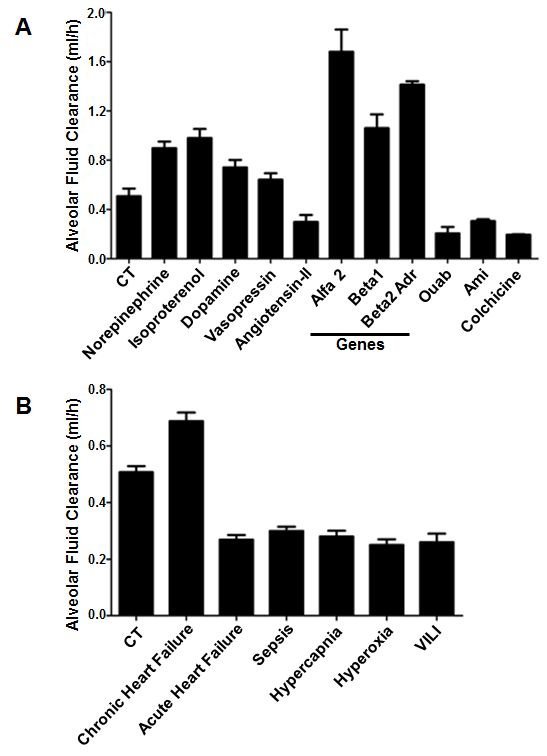Figure 2. The Effect of Various Pharmacologic and Pathophysiologic Conditions on Alveolar Fluid Clearance.

A: The rate of alveolar fluid clearance (AFC) was modulated following therapeutic interventions: catecholamines, vasopressin, and gene therapy upregulated AFC; however, the administration of endothelin, angiotensin, amiloride, ouabain, or colchicine inhibited active sodium transport and thus AFC. The data were adapted from references 13, 27, 28, 31, 33, 36, 37.
B: Alveolar fluid clearance (AFC) was decreased in the various states of acute lung injury, such as sepsis, hyperoxia, hypercapnia, and ventilation-induced lung injury. Moreover, in rats exposed to acutely increased left atrial pressure (e.g. acute left heart failure) AFC was inhibited; whereas AFC was significantly upregulated in chronic heart failure rats. The data were adapted from references 34, 40–43.
The bars represent mean ± SEM. Alfa2, α2-subunit of Na,K-ATPase; Ami, amiloride; beta1, β1-subunit of Na,K-ATPase; beta2 adr, β2 adrenergic receptor; CT, control; Ouab, ouabain; VILI, ventilation-induced lung injury.
